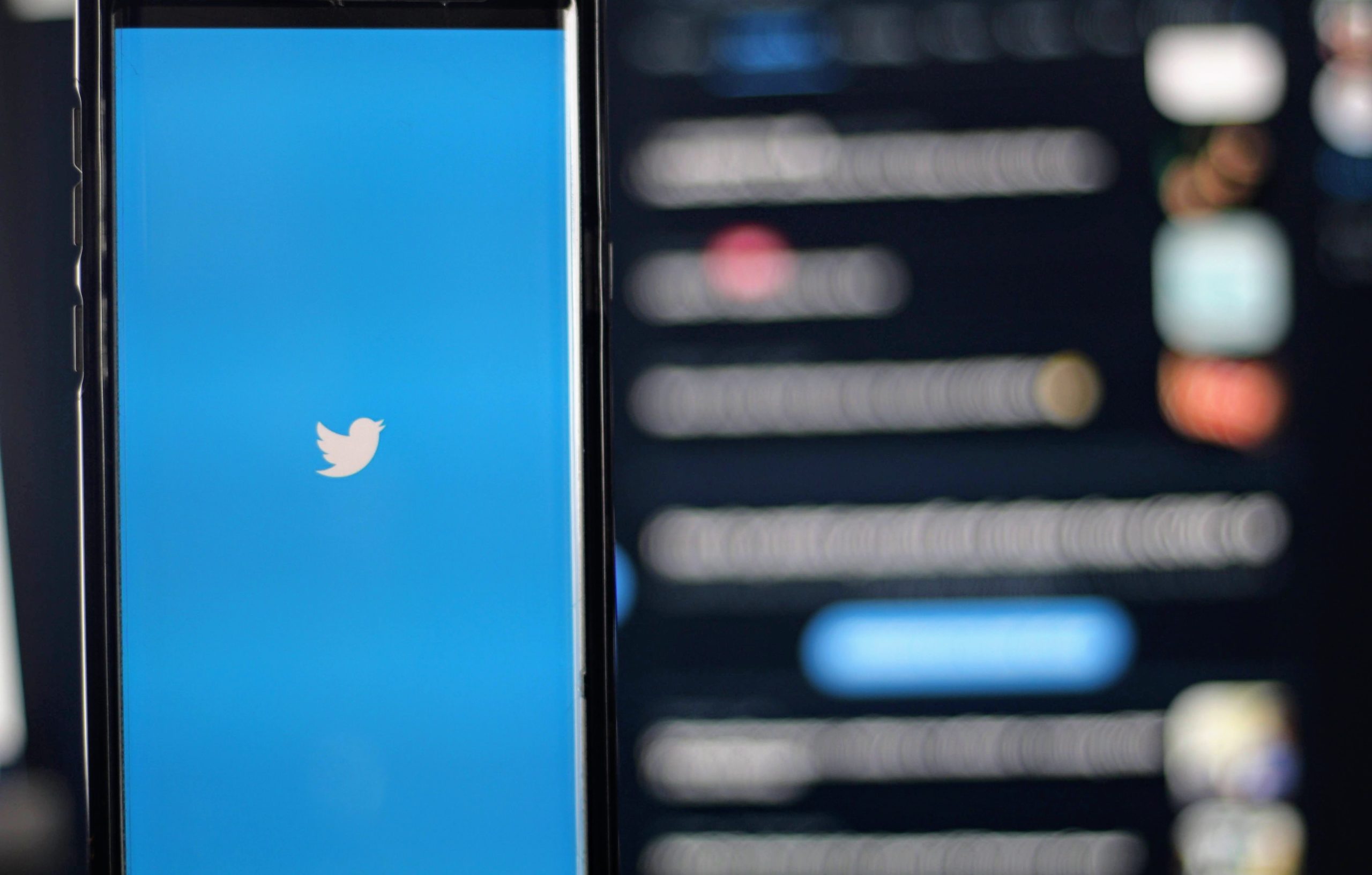Twitter gets it. Brands want to drive sales. And shoppers are more motivated to buy if the process is a positive one. Enter Twitter Shops, the platform’s latest bid to foam the runway for consumer purchases. The feature, which ups the number of products brands can display at the top of their profiles, also aims to make the buying transaction even more seamless.
What Is Twitter Shops?
Twitter wants to support businesses; it also aspires to be consumer-friendly. Twitter Shops, which allows brands to display 50 shoppable products, is meant to check both those boxes. Shoppers need only click on “View shop” to scroll through the items a brand has uploaded, then click on a product to open an in-app browser and wrap up their purchase on the brand’s website. Easy!
The new feature is part of a concerted effort Twitter has been making to make shopping on the platform that much friendlier. Shop Module, announced last year, allowed businesses to display up to five products on their profile. Twitter Shops builds off that development. And notably, Twitter will not be taking a cut of revenue from purchases made on Shops.
Bruce Falck, revenue product lead at Twitter, puts it this way: “We know that shoppers come to Twitter to interact with brands and have conversations about products . . . Our growing shopping ecosystem is designed to leverage the power of that shopping conversation and create a pathway for people to go from talking about and discovering products to browsing and purchasing them.”
Why Did Twitter Launch Twitter Shops?
As Falck notes above, Twitter wants to bolster its social commerce functionality. It’s a smart move. As we’ve blogged, social shopping accelerated in popularity during the pandemic, and it’s showing no sign of slowing down. Social media has evolved along with this trend, morphing to meet the needs of users inspired by what they find online. That’s a growing demographic: as Retail Dive points out, a jaw-dropping 87 percent of Gen Z will be looking to social media for shopping inspiration.
Of course, Twitter isn’t the only platform to see the writing on the wall. They have competition: Meta (Facebook and Instagram) and TikTok have also made inroads with social shopping. As we’ve blogged, Facebook’s Shops in Groups is intended to “make shopping and buying better on our apps.” Meanwhile, TikTok has partnered up with Shopify to make it easy for TikTok users to shop directly in the TikTok app.
What Brands Should Do
What do these developments mean? We recommend that you:
- Understand your audience. Are you reaching out to a demographic that works and plays on platforms like Twitter? The answer to that question will help you decide if it makes sense to lean into a feature like Twitter Shops.
- Learn how to use the tools available to you. Every platform has its own requirements for creating content. Moreover, working confidently on these popular sites demands a strong grasp of how to use visuals. If you are going down this path, you must know how to create powerful, effective imagery.
- Make sure you are ready to handle the demand. As we’ve blogged, some brands have struggled to keep up with the surge in demand that happens when more shoppers are inspired to buy. Online fulfillment must be up to handling an uptick in sales.
- Keep an eye on the competition. How are your direct competitors leveraging digital to build bridges with consumers? What can you learn from their strategies?
- Don’t put all your eggs in one basket. Balance an online presence between the major platforms that offer value in advertising—and shoppability.
Contact True Interactive
Eager to explore how platforms like Twitter can elevate your marketing plan? Contact us. We can help.
